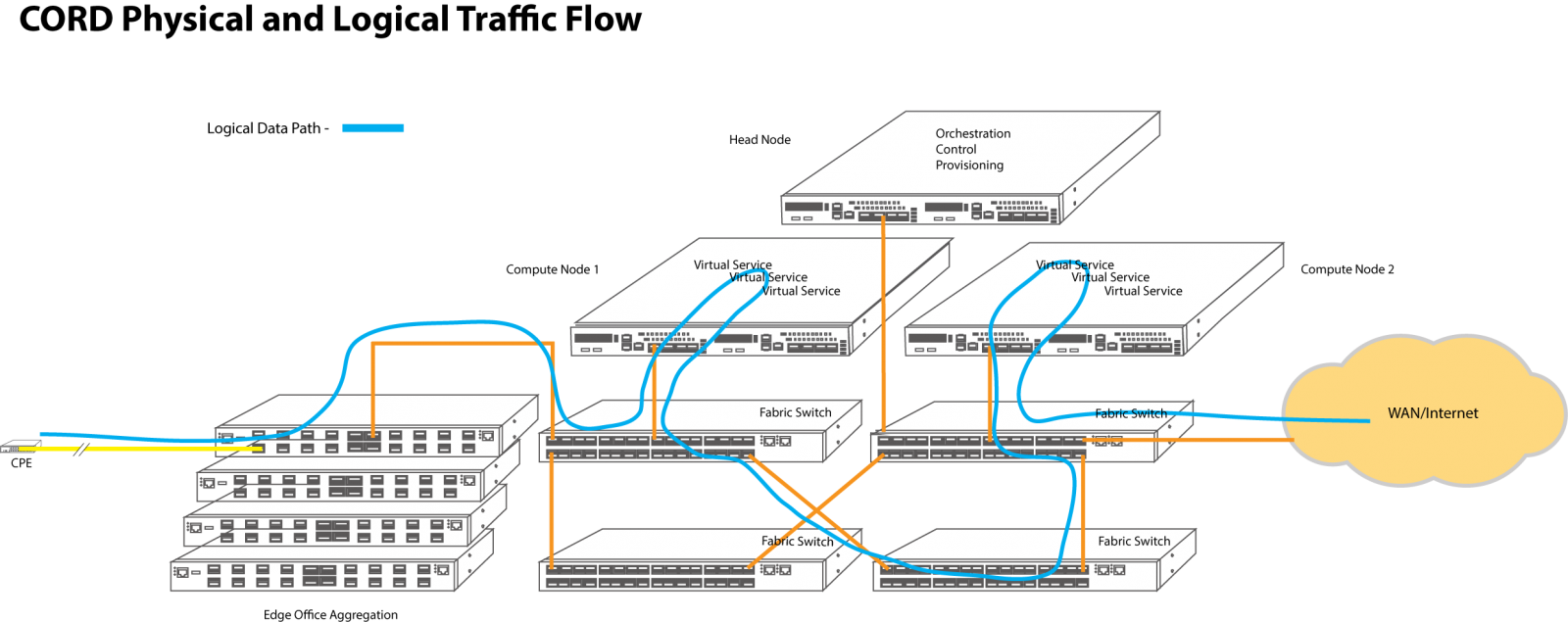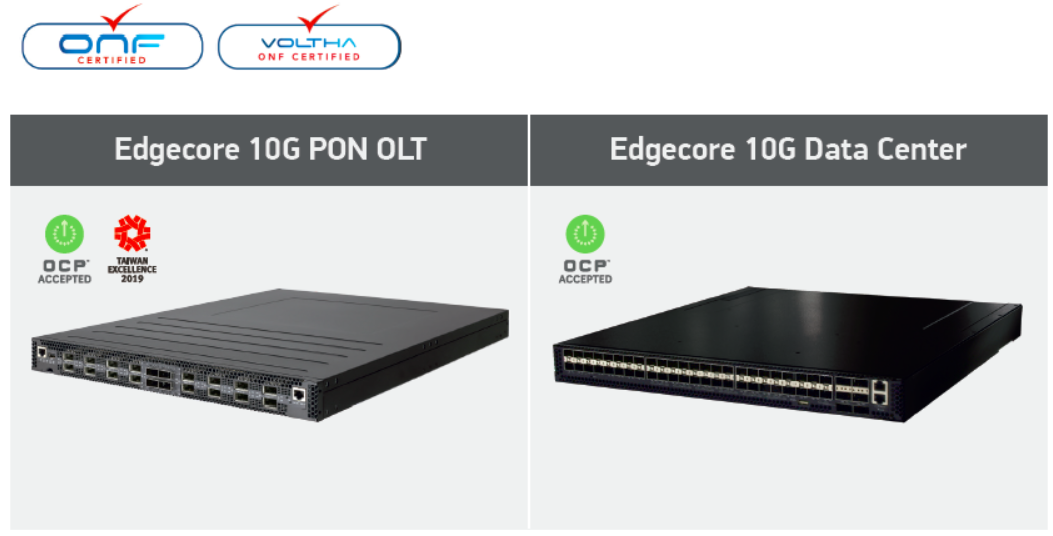What is network disaggregation? What are its benefits?
In traditional networking, devices and their soſtware component come in a monolithic proprietary format from a specific vendor. To make networking infrastructure more flexible and customizable, vendors can separate (disaggregate) a device's hardware and soſtware components so that each can be available from different vendors. Buyers can choose the networking components that best fit their needs.
Why do service operators need disaggregation network?
Telecommunications is one of the basic needs in today's world. People connect to the world using Internet-based applications, which has brought new technology needs and challenges. For service providers, using disaggregated networks is now considered a significant advantage that allows them to enjoy the benefits of open networking: increased choice, greater control, and reduced expenses.
What is CORD?
A Central Office (CO) is an integral part of a telecommunication system, a building where subscriber home and business lines are connected in a local loop. Access networks have evolved from copper to fiber-based services, and the use of Passive Optical Networks (PONs) is the most cost-effective way to provide these fiber-based services.
CORD (Central Office Re-architected as a Datacenter) is the open-source solution developed by the Open Networking Foundation (ONF). It combines the concepts of NFV, SDN, and cloud technologies with open switches to disaggregate access technologies; in other words, the hardware devices are controlled by programmable soſtware running on a standard Linux OS. This model disaggregates PON access equipment like OLTs into vendor-independent hardware and soſtware. It also provides a carrier-grade, scalable, agile, and more secure solution for operators.
 What is SEBA?
What is SEBA?
SEBA (Soſtware Enabled Broadband Access) benefits from virtualization and cloudification to PON-based broadband access networks for FTTH/FTTB deployments. The SEBA solution separates the traditional chassis into two parts: soſtware and chassis hardware. Vendors can choose the ToR switch, OLT, and ONU they need with the most suitable soſtware. In a SEBA Pod, the OLT and ONU are controlled by VOLTHA (Virtual OLT Hardware Abstraction) instead of a traditional OLT.
VOLTHA is a project that provides a general GPON/XGS-PON control system to manage the PON network, with an ONOS Cluster on top of it that includes various applications that expose the services provided by the PON.
In the SEBA solution, VOLTHA communicates with the ONOS Cluster for the PON network's services and applications on its northbound side; meanwhile, VOLTHA is also responsible for managing OLTs and ONUs on its southbound side.
.png)
SEBA's Benefits
Since VOLTHA manages OLTs and ONUs, operators no longer need to choose devices from a specific vendor, increasing operator choices, enabling greater control, and reducing overall costs. Moreover, as VOLTHA virtualizes the PON hardware in the vOLT from ONOS and XOS, operators can manage the access network like an abstract programmable switch. It also brings rapid innovation for vendors through community and DevOps approaches.
Why Edgecore?
Edgecore's 10G PON OLT and GPON OLT include the OpenOLT Adapter (vOLTHA driver) for operation in SEBA or R-CORD open infrastructures. More importantly, Edgecore's
10G PON OLT, GPON OLT,
40G Open Data Center, and
10G Open Data Center platforms are part of the ONF's Continuous Certification Program for VOLTHA. Products in the program are continuously re-verified against the most recent versions of ONF open-source soſtware platforms to ensure network operators have access to a vibrant ecosystem of options for deploying ONF open-source platforms.

Edgecore has been working closely with leading service providers worldwide and with the OCP, ONF, and TIP communities to offer disaggregated hardware products that enable open network deployments for broadband access, edge computing, mobile backhaul, and edge switching use cases. The ONF-certificated products will allow service providers to offer a mix of PON services from an SDN-enabled open hardware and soſtware infrastructure, thereby lowering costs and increasing service flexibility.




.png)
